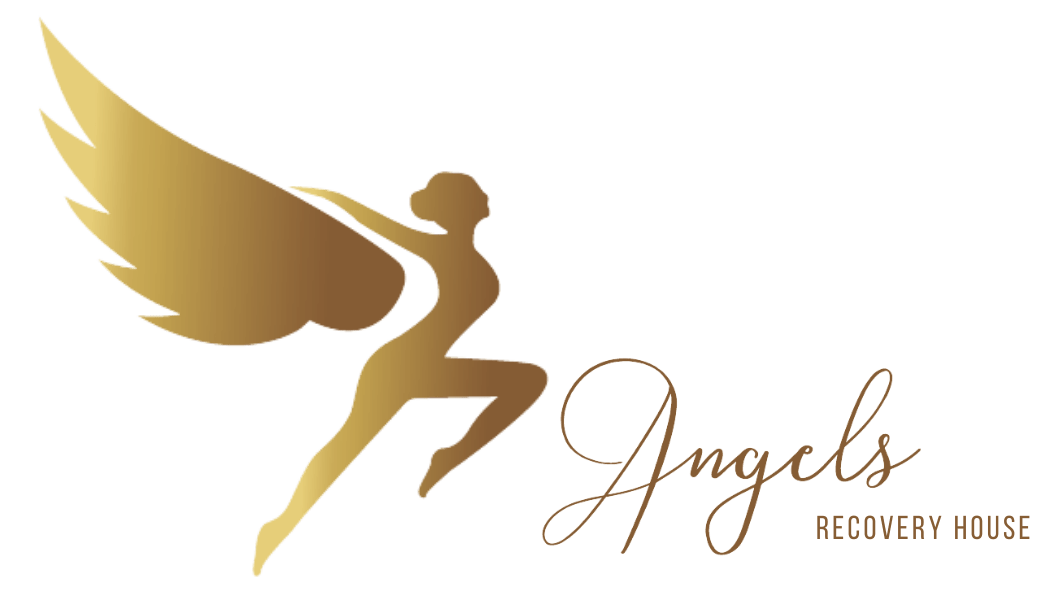Healing and Recovery After Plastic Surgery. So you’ve decided to take the plunge and get plastic surgery. Whether it’s a long-awaited mommy makeover, a facelift, or a nose job you’ve wanted since your teens, you’re likely eager for your procedure and looking forward to the results. But plastic surgery involves real medical procedures and recovering from it takes time and care.
Follow this complete guide for tips to heal quickly and properly after your plastic surgery in Santo Domingo RD. We’ll cover how to prepare beforehand, what to expect during recovery, self-care and pain management techniques, guidelines for resuming normal activity, what results you can realistically expect, and more. With the right aftercare knowledge, you’ll be on your way to reaching your goals safely and smoothly.
Table of Contents
The Ultimate Guide to Optimal Healing and Recovery After Plastic Surgery In Santo Domingo.
Preparing for Your Procedure.
The work doesn’t stop once you’ve scheduled your plastic surgery—the pre-op preparation is crucial too. Here’s how to get ready:
- Get lab testing done 1-2 weeks before surgery so there’s time to address any potential issues.
- Take care of tasks at home and work that require heavy lifting or strain, as your activity will be restricted during recovery.
- Stock up on soft, easy to eat foods like yogurt, soup, applesauce, and protein shakes to have on hand for the first few days.
- Make sure you have helpers arranged for rides to your appointments and errands for at least the first week.
- Stop taking certain medications or supplements a few weeks beforehand as recommended by your surgeon.
- Follow any other specific instructions from your surgeon such as quitting smoking, adjusting medications, fasting properly before surgery, etc.
The Initial Recovery Period.
Right after surgery, you’ll be monitored in a recovery area for a few hours before being released to go your recovery house in Santo Domingo. Here’s what to expect:
- The first 24-48 hours are typically the most uncomfortable due to swelling, bruising, and surgical pain. Use your prescribed mediations as directed by your doctor.
- Dressings, bandages, and drains may be placed to facilitate healing. Follow care instructions closely.
- Restrict activity for the first 5-7 days besides short trips to the bathroom. Take it very easy.
- Make sure you have someone available to assist you with basic tasks, medication, and transportation for appointments.
Caring for Your Incisions.
As your surgical wounds heal into scars, proper incision care is important to prevent infection and optimize healing:
- Clean the incisions gently with mild soap and water and pat dry daily. Watch for signs of infection like redness, heat, worsening pain, pus-like drainage or foul odor.
- Avoid removing any steri-strips or scabs that form. Let them fall off on their own.
- Refrain from submerging incisions until fully closed and approved by your surgeon.
- Apply ointment and change dressings as directed. Watch for fluid drainage on the bandages.
- Wear compression garments if advised by your surgeon to facilitate healing.
Managing Side Effects.

Give your body the time and care it needs to bounce back from surgery by proactively addressing any side effects:
- Take prescribed medications for pain and discomfort. Icing and heat packs can further help with swelling and bruising.
- Stay on top of pain with medications prior to it becoming severe. Taper medication only as advised by your doctor.
- Drink apple juice and increase fiber intake to avoid opioid-induced constipation.
- Use saline nasal spray, throat lozenges, lip balm and humidifiers to ease dry, sore throat and mouth after being intubated.
- Do gentle shoulder rolls, neck stretches and mobility exercises to reduce stiffness from anesthesia and being still during surgery.
- Maintain proper nutrition and hydration despite appetite changes or nausea. Supplements can help fill gaps.
Activity Restrictions.
While it’s tempting to jump back into your routine, following these typical activity restrictions will allow your body to mend itself best after surgery:
- Avoid lifting anything heavier than 10 pounds for 4-6 weeks. This includes carrying children.
- Don’t raise your arms above your shoulders or bend over at the waist during early recovery. This puts strain on incisions.
- Refrain from strenuous cardio exercise for 2-3 weeks until approved by your surgeon.
- Do not resume any contact sports or risk of blows to treated areas for 6 weeks minimum.
- Follow all limitations provided by your surgeon related to your specific procedure and methods used. Trust the process!
Easing Back Into Your Routine.
Once you get the green light from your surgeon to increase activity again, ease back in gradually:
- Take short, gentle walks around your home or block. Slowly increase distance and pace.
- Do light range of motion exercises like shoulder rolls and neck stretches.
- When strength training, go slow and light. Use lower weights and higher reps.
- Stick to low-impact cardio like the elliptical, cycling or swimming. No high-intensity workouts yet!
- Return to weightlifting, contact sports, jogging/running and more intense workouts after 12 weeks.
Setting Realistic Expectations.
Remember that a full recovery extends far beyond the “reveal” appointment when dressings finally come off:
- Most of the visible physical healing occurs between weeks 2 and 6 but internal healing continues for 3-6 months.
- Post-op depression, anxiety, sadness or regret is common. Be patient with your emotions.
- Your final results can take a year or longer to fully realize as swelling goes down completely and tissues settle into place.
- Additional procedures like revisions, scar treatments or injections may be needed for best results. Discuss options with your surgeon.
Nutrition and Hydration Needs.
Fuel your body properly with a balanced diet and plenty of fluids to replenish what was lost during surgery:
- Stick to a simple diet of bland soft foods like bananas, rice, toast and chicken during the first 1-2 days.
- Drink protein shakes, bone broth and other liquid nutrition if struggling to eat solid foods initially.
- Stay hydrated with electrolyte-rich drinks like Gatorade and smartwater rather than just plain water.
- Once able to tolerate solids, eat plenty of antioxidant and vitamin C-rich foods to encourage healing.
- Avoid alcohol, nicotine and other vices that can impede proper healing.
Caring for Your Emotional Health.
Don’t neglect your mental health when recovering. Surgery can take an emotional toll:
- Communicate openly with loved ones about your experience and enlist their support.
- Join in-person or online support groups to connect with others who understand.
- Seek professional counseling if struggling with body image, regret or depression.
- Practice relaxation techniques like deep breathing, meditation and positive visualization.
- Remind yourself this is temporary. Have faith that the discomfort will lead to the outcome you want.
The recovery period after plastic surgery involves swelling, bruising, pain and other unpleasant side effects. But taking deliberate measures for self-care, Following your surgeon’s orders and being patient through each phase of healing will allow you to recover successfully. Trust the process and soon you’ll be enjoying the beautiful results!
At Angels Recovery House Santo Domingo, we are ready to be part of your recovery Process.

